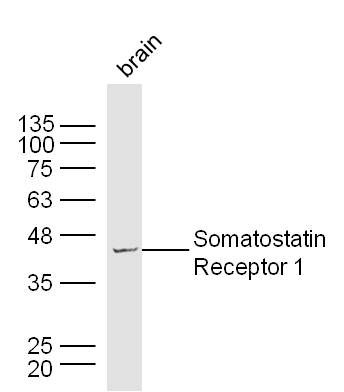Specific References (1) | SL0635R has been referenced in 1 publications.
[IF=7.076] Fang Wang. et al. The Ubiquitin E3 Ligase TRIM21 Promotes Hepatocarcinogenesis by Suppressing the p62-Keap1-Nrf2 Antioxidant Pathway. Cell Mol Gastroenter. 2021 Jan;: WB,IHC ; Human.


